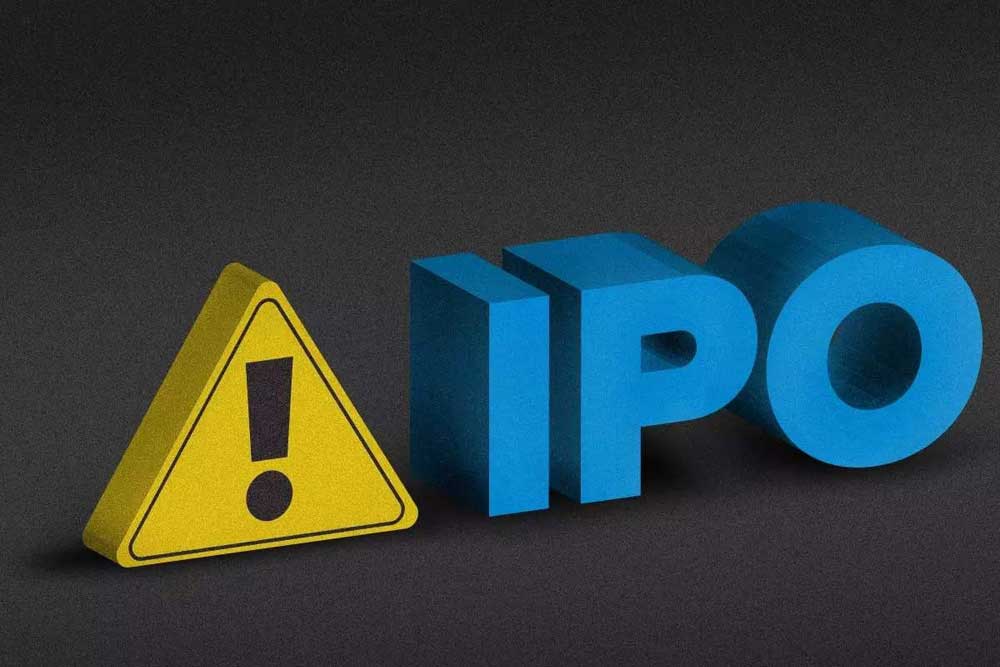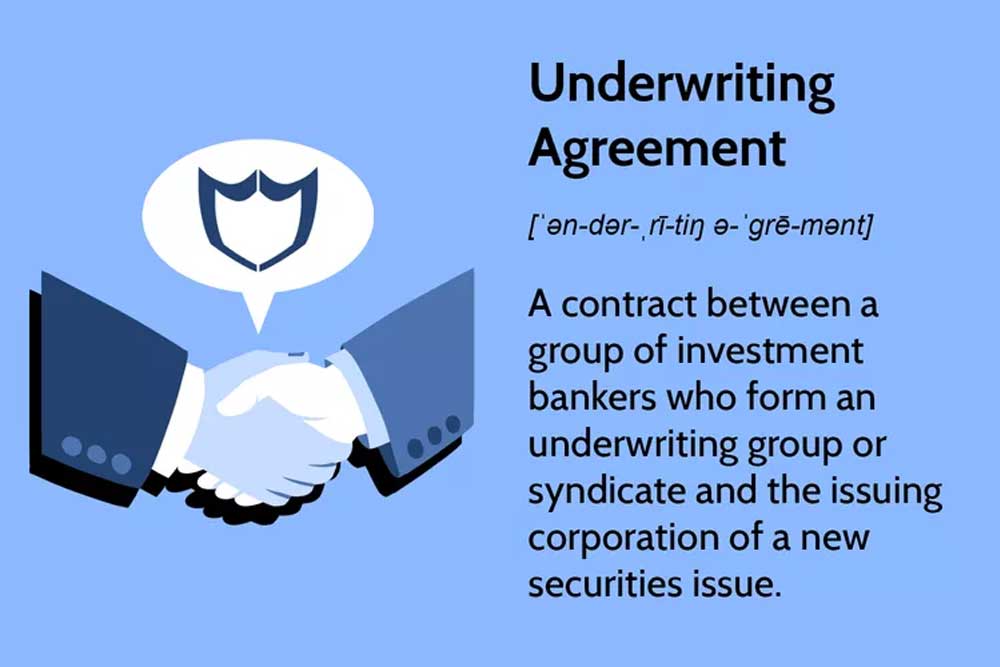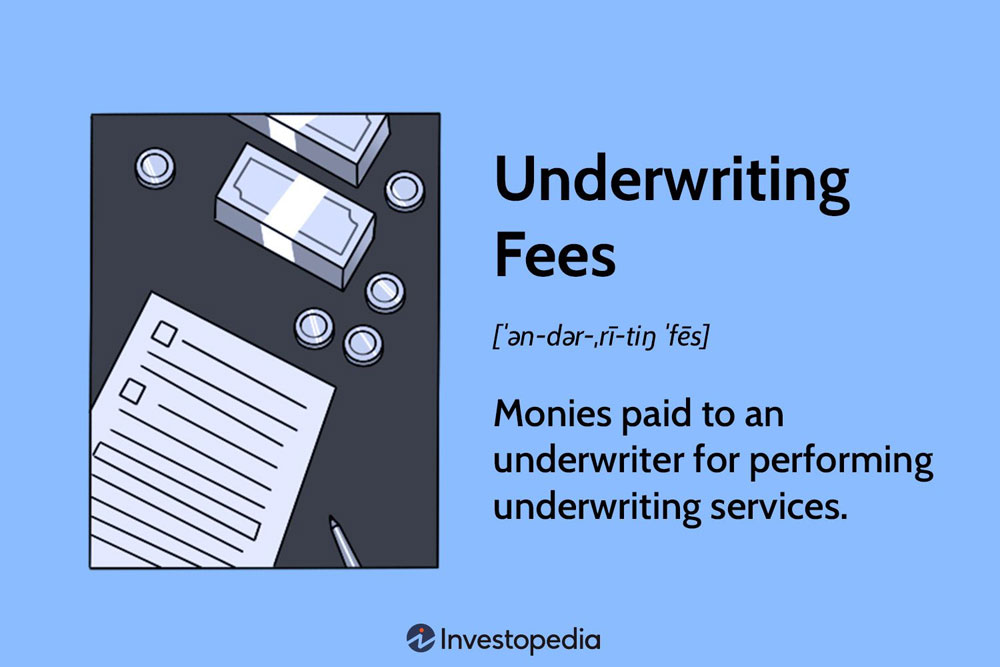IPO 挑战、陷阱和缓解措施
The IPO process can be complex and challenging for companies, and there are several pitfalls that can arise along the way. Here are some common challenges and pitfalls that companies can encounter during the IPO process, and some ways to mitigate them: Market Volatility: Market volatility can have a significant impact on the success of … 阅读更多










